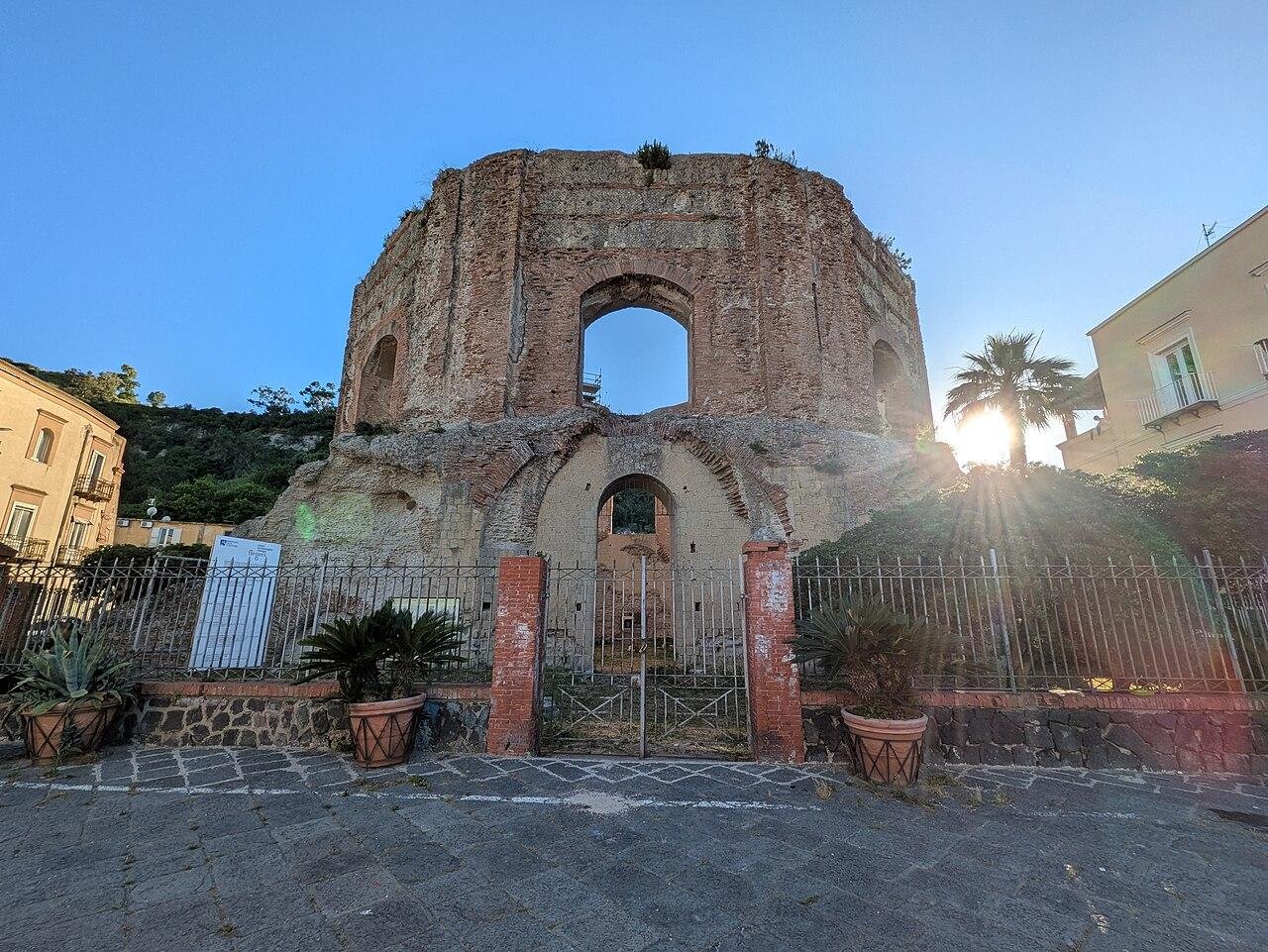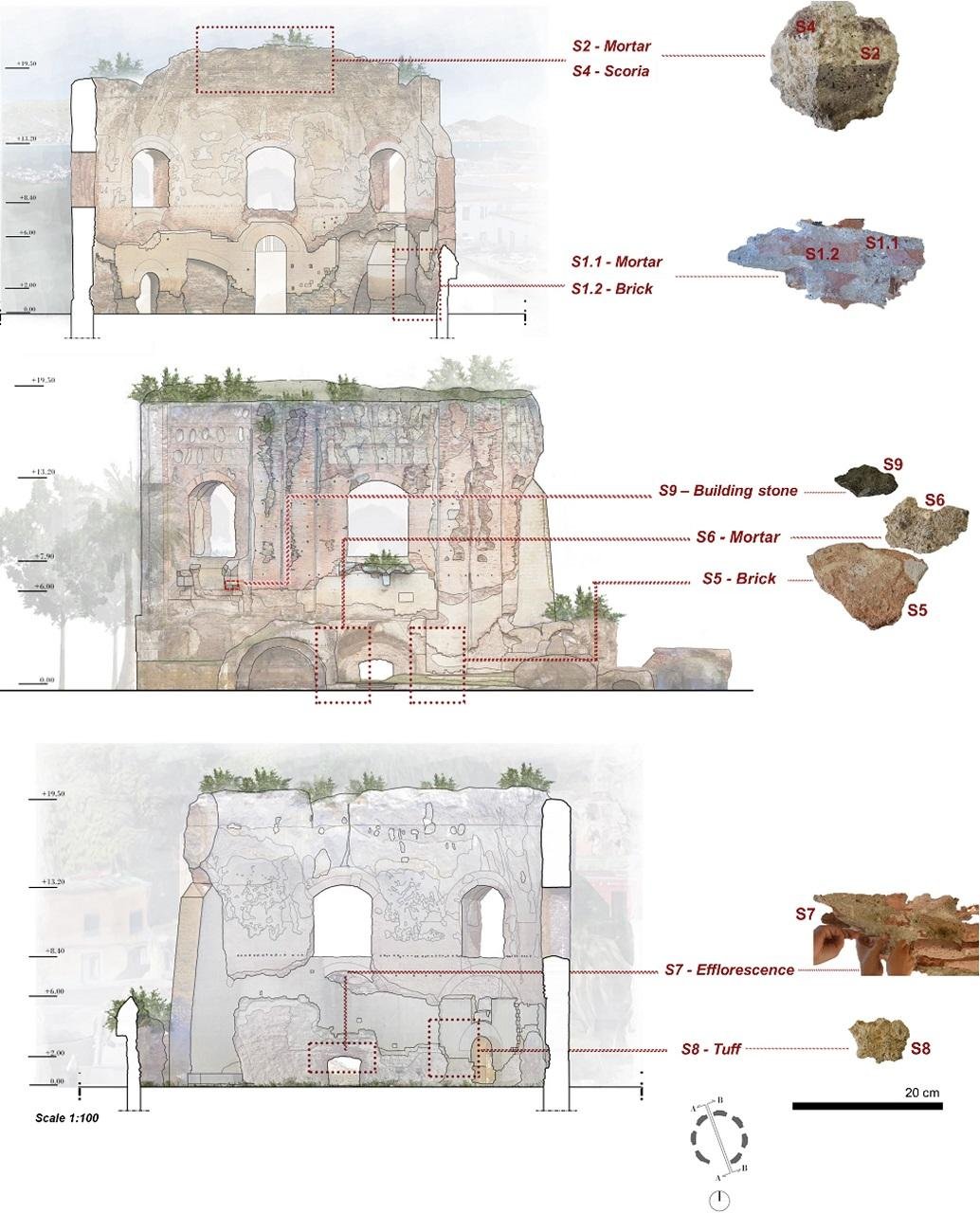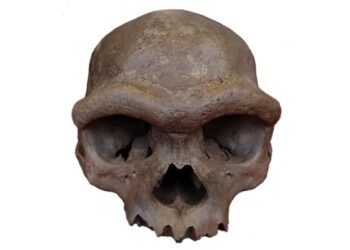A new multidisciplinary study shines fresh light on how Roman builders achieved the remarkable strength and longevity of the Temple of Venus, a striking architectural landmark in the volcanic landscape of the Phlegraean Fields in southern Italy. Once the grand bathing pool of Baiae’s imperial thermal complex, it now lies about six meters below the modern ground surface, a victim of centuries of bradyseism. Yet despite this geological instability, the building’s core remains impressively intact, an endurance scientists have long sought to understand.

Researchers conducted a detailed material analysis of the temple that was published in Geoheritage. They studied nine small samples from key parts of the monument, including different mortars, brick fragments, volcanic scoria, tuff, lava stone, and a salt efflorescence deposit. By means of petrographic microscopy and X-ray diffraction, the team was able to reconstruct the composition and behavior of the materials selected by the Roman engineers almost 1,900 years ago.
Their studies show a highly developed building technique. The mortars are lime-based, but their remarkable durability comes from volcanic aggregates originating from the Neapolitan Yellow Tuff, a material the Romans knew produced powerful hydraulic reactions with lime and water. Microscopic features such as carbonation patterns and reaction rims surrounding pumice grains confirm that these mortars continued to strengthen long after being laid. Occasional pockets of unreacted lime point to imperfect mixing but do not diminish the overall resilience of the material.
The bricks also display a purposeful mixture of components. They contain silico-clastic sediments and volcanic inclusions in a mixture that could be from naturally transported clays or could have been added intentionally to improve strength and firing performance. Their mineral composition, such as quartz, mica, and iron oxides, explains the reddish color of the bricks and their moderate firing temperature.

One of the most revealing discoveries involves the lightweight volcanic scoria used in the upper sections of the temple. The mineralogical signatures, including the presence of leucite, indicate that it came not from the local volcanic field but rather from nearby Mount Vesuvius. Its utilization demonstrates that the Roman builders selectively imported specialized resources when the structural demands required lightening the components in order to reduce stress on the dome and supporting walls.
Other materials, including local tuff enriched with zeolites and lava stone with a trachytic texture, tie the temple to the geology of the Phlegraean Fields. Meanwhile, the salt crust found on the structure is simply halite, a sign of moisture-driven deterioration that will need to be considered in future conservation efforts.
In all, the study demonstrates the technical skill behind one of the most distinctive monuments in Baiae, constructed in the 2nd century CE under Emperor Hadrian. The octagonal exterior with a circular interior and an umbrella-like dome was made possible by profound, empirical knowledge of geomaterials and their interactions.
























Comments 0